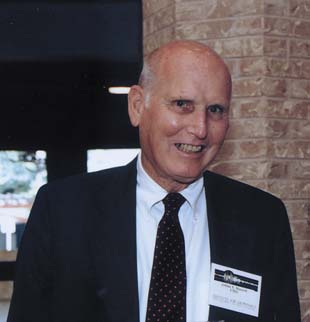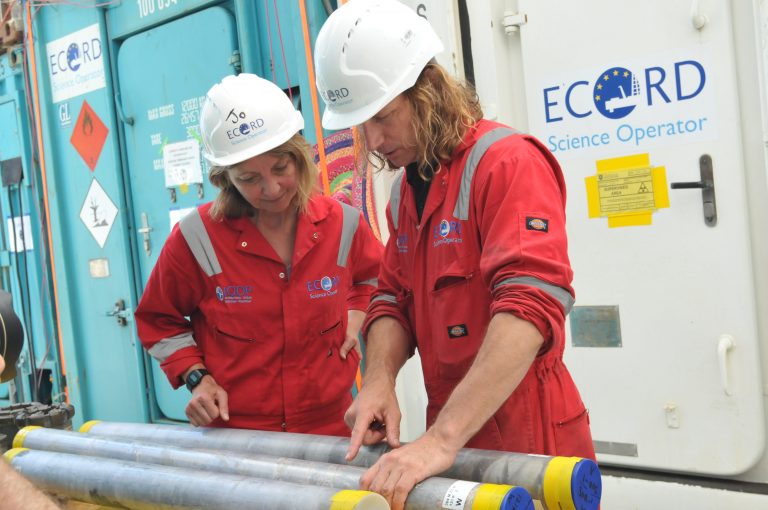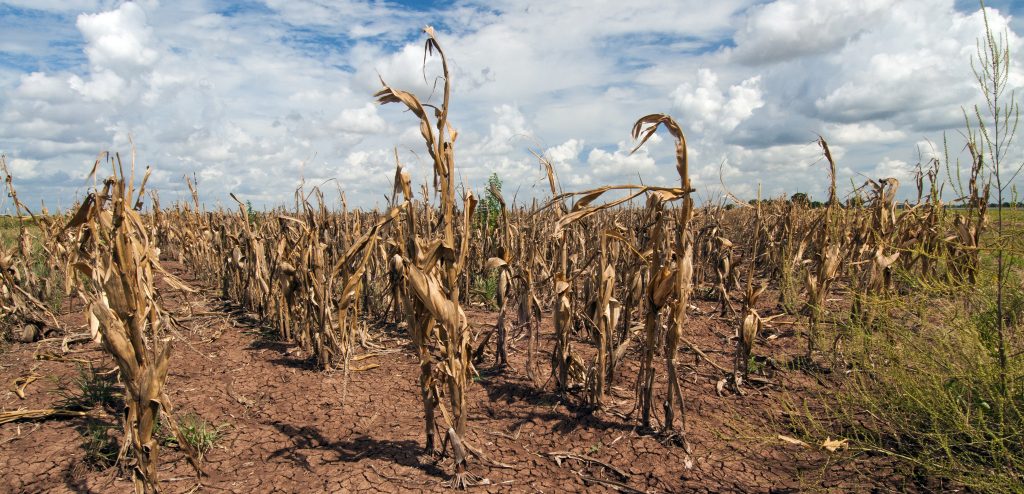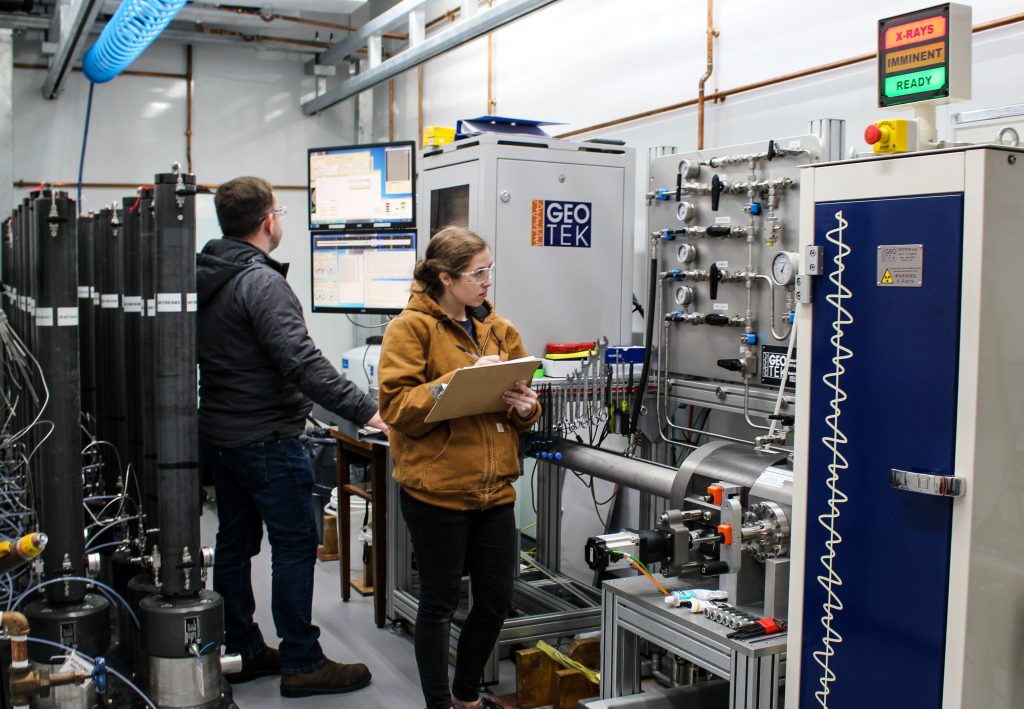On August 21, 2019, the University of Texas Institute for Geophysics and the world of ocean sciences lost a luminary leader and pioneering geophysicist. Arthur (Art) Maxwell served as director from 1982 to 1994. His colleagues remember an inspirational man of science who cared greatly about the Institute and its people. “You always felt like… Continue Reading Remembering Art Maxwell
UTIG Mourns Passing of Arthur Maxwell
By Jamie Austin Arthur E. (Art) Maxwell had one of the most distinguished careers in administration in the history of the ocean sciences in the U.S. He served in the U.S. Navy during part of WWII, after receiving an undergraduate degree from New Mexico Tech. He received a graduate degree from Scripps Institution of Oceanography,… Continue Reading UTIG Mourns Passing of Arthur Maxwell
Rocks at Asteroid Impact Site Record First Day of Dinosaur Extinction
When the asteroid that wiped out the dinosaurs slammed into the planet, the impact set wildfires, triggered tsunamis and blasted so much sulfur into the atmosphere that it blocked the sun, which caused the global cooling that ultimately doomed the dinos. That’s the scenario scientists have hypothesized. Now, a new study led by The University… Continue Reading Rocks at Asteroid Impact Site Record First Day of Dinosaur Extinction
New study gives hope for predicting long lasting El Niño and La Niña
A scientific paper by a graduate student at the University of Texas Institute for Geophysics (UTIG) has explained why some El Niño and La Niña events last longer than others, a result that could help predict their worst effects. The paper, which was published in August in the Journal of Climate, shows that El Niño… Continue Reading New study gives hope for predicting long lasting El Niño and La Niña
A day in the lab: Microbial life and the origin of methane hydrates
Massive natural gas reserves, trapped within methane hydrate deposits in the deepwater Gulf of Mexico, have the potential to power the US with natural gas for hundreds of years. The GOM² project is a multi-disciplinary, long-term, commitment by the University of Texas at Austin in partnership with academic and governmental colleagues to drill, sample and… Continue Reading A day in the lab: Microbial life and the origin of methane hydrates
- « Previous Page
- 1
- …
- 34
- 35
- 36
- 37
- 38
- …
- 64
- Next Page »





